Like the amniotic fluid, the placenta is one of the principal organs for the development of a healthy pregnancy. In this post we are going to talk about the placenta, and I am also going to show you how the placenta looks and is evaluated during the ultrasound. Ready? Let’s get started.
What is the placenta?
The placenta is a temporary organ that forms during the first trimester of pregnancy, usually is fully developed by week 13 of pregnancy. The developing fetus and the mother are connected through the placenta via the umbilical cord.
Characteristics.
The average placenta at term: Has a blue-red color and a discoid shape. It is about 22 cm in diameter. It is 2.5 cm thick in the center. Weighs, on average, 450 g, but weight will be affected by when and where the cord was clamped.
Functions of the placenta.
Among the primary functions of the placenta are:
- Nutrient exchange between mother and fetus.
- Thermo-regulation.
- Waste elimination.
- Gas exchange via the mother’s blood supply.
- Protects the baby from infection.
- And produces hormones that support a healthy pregnancy.
Share the post!!
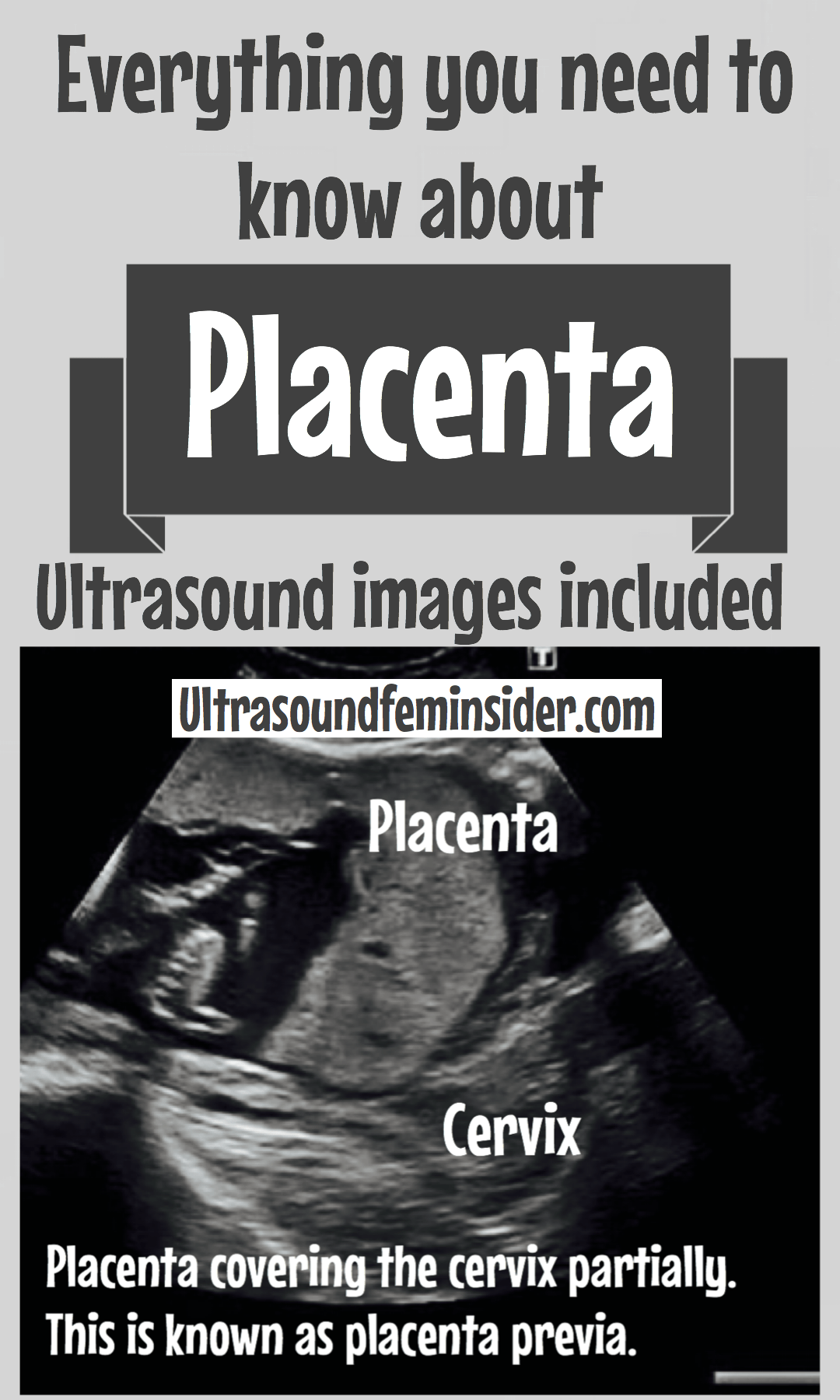
Let’s explain a bit further about those functions.
Nutrient and gas exchange: The perfusion of the intervillous spaces of the placenta with the maternal blood will allow the transfer of nutrients and oxygen from the mother to the baby and the transfer of waste products and carbon dioxide back from the fetus to the mom. Nutrient transfer to the baby occurs via active and passive transport.
Excretion: The baby’s excretion products, such as urea, uric acid, and creatinine, pass through the placenta from the baby to the mother by a process called diffusion.
Immunity: The immunity provided by the placenta is due to the fact that the IgG antibodies pass through it coming from the mother, protecting the baby from infections while it is inside the uterus, and even afterward, since this immunity remains latent in the newborn for many months.
Thermo-regulation: The thermo-regulation process is also done by the vascular exchange via the blood flowing in the umbilical cord and placenta, and via conduction through fetal skin and amniotic fluid.
Endocrine process: From the very beginning of pregnancy, the placenta begins to produce hormones; among the essential hormones are the human chorionic gonadotropin hormone, estrogen, progesterone, the placental lactogen, etc. All these hormones have a specific function for the formation and development of a baby. For example:
- The HCG is responsible for stopping the process at the end of menses when the Corpus luteum ceases activity and atrophies. If hCG did not interrupt this process, it would lead to spontaneous abortion of the fetus.
- Estrogen: Is a crucial hormone in the process of proliferation. This involves the enlargement of the breasts and uterus, allowing for the growth of the fetus and the production of breast milk.
- Progesterone: Helps the embryo implant by assisting the passage through the fallopian tubes. Progesterone, like the hCG hormone, is necessary to prevent spontaneous abortions because it prevents contractions of the uterus and is essential for implantation in the cavity.
- Human placental lactogen: Is a hormone used in pregnancy to develop fetal metabolism and overall growth and development.
My latest video. To visit our YouTube Channel click this link.
Ultrasound images.
Anterior: The placenta that forms on the anterior wall of the uterine cavity.
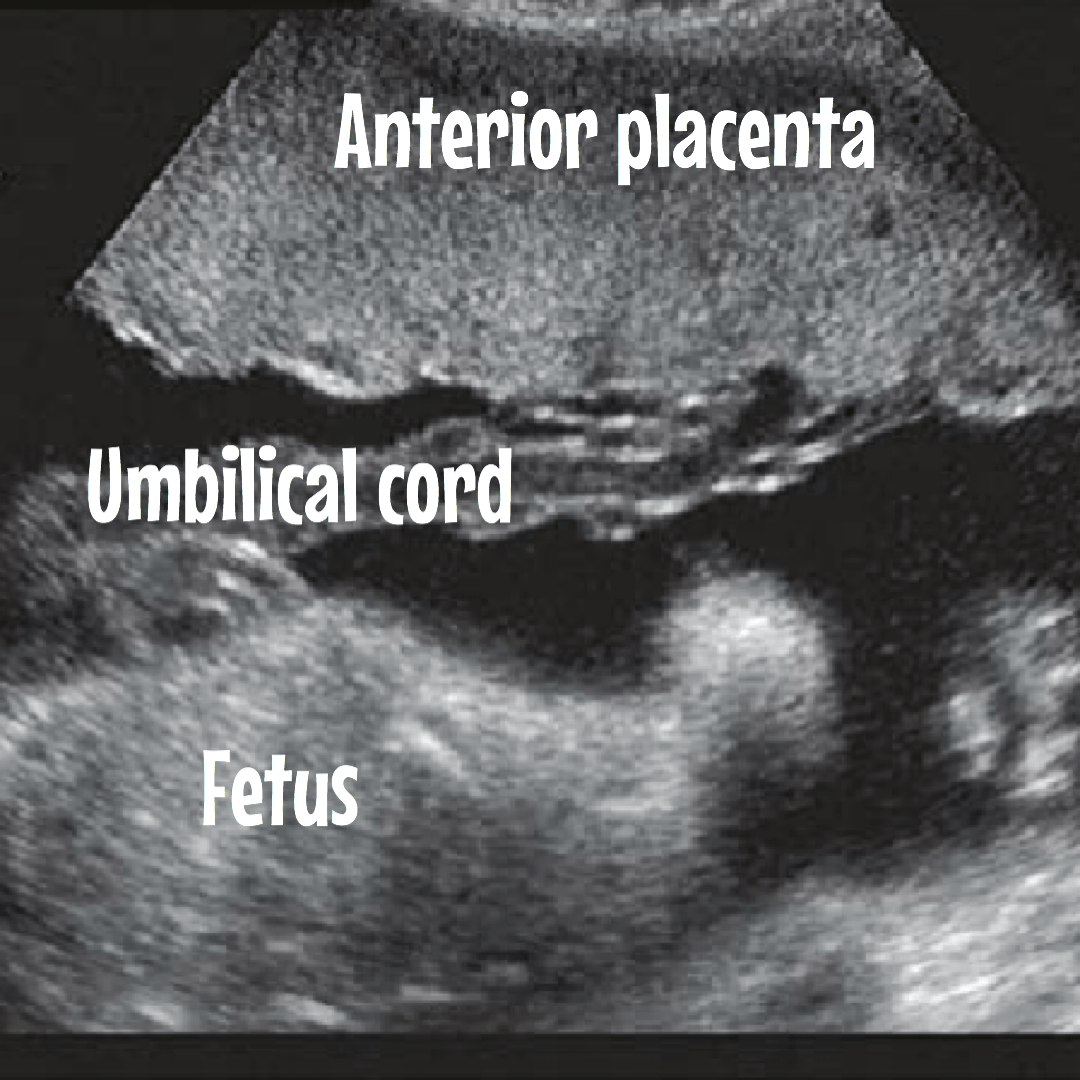
Posterior: The placenta that forms in the posterior wall of the uterine cavity.
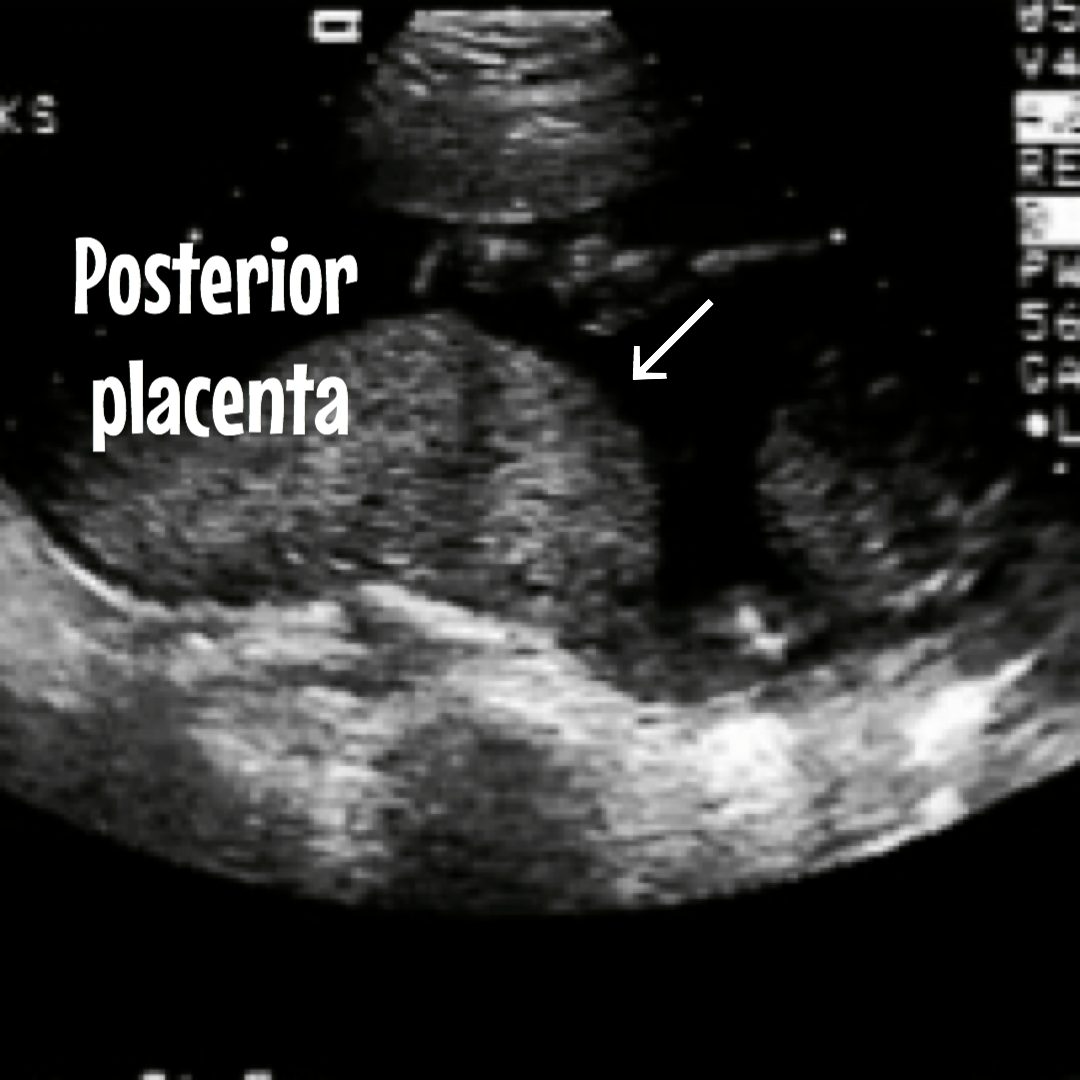
Fundal: The placenta that forms at the top of the uterine cavity.
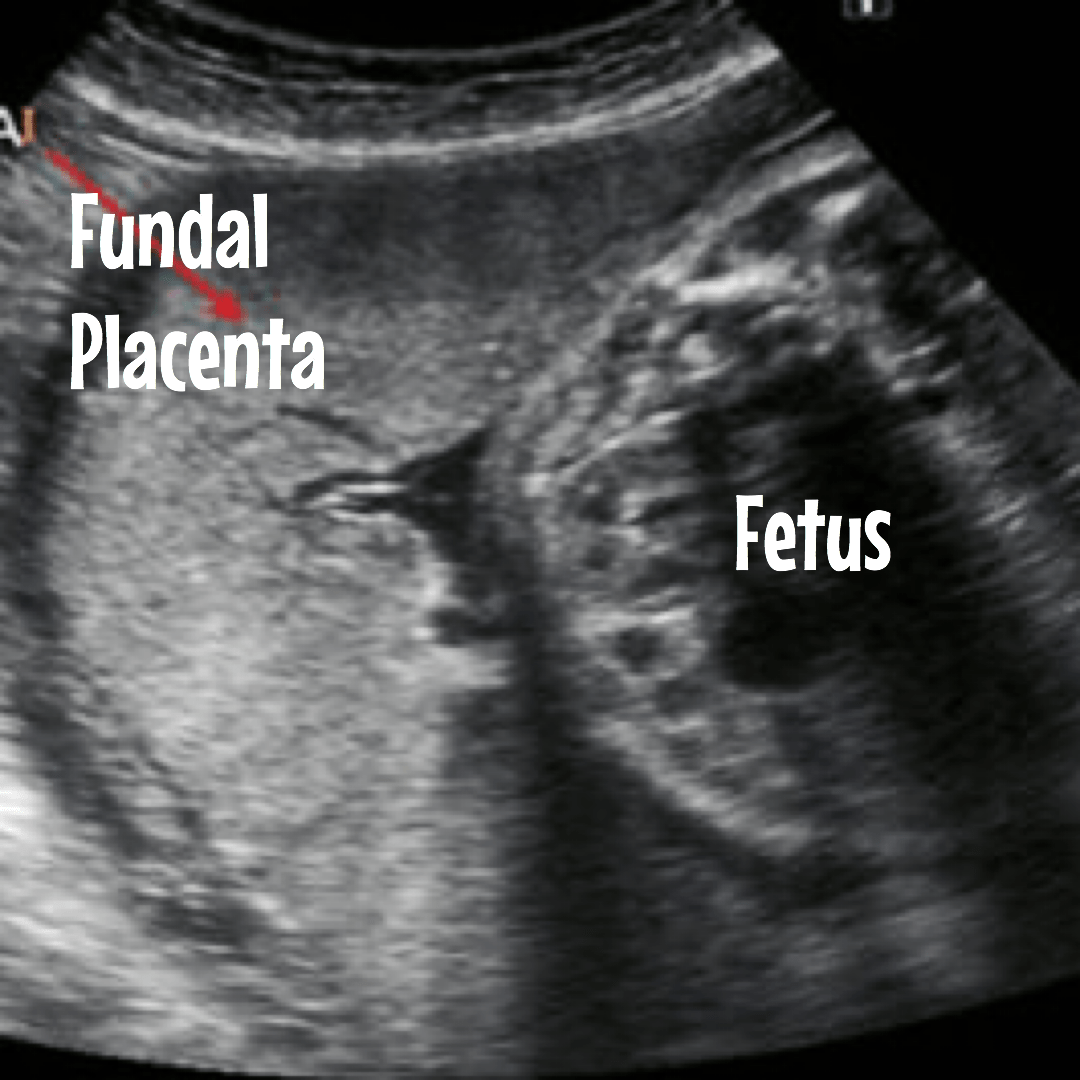
What are the most common abnormalities?
- Placenta previa: The placenta previa occurs when the formation occurred in the lower part of the uterus, and is partially or completely covering the cervix (covering the exit of the baby).
- Placenta accreta, increta or percreta: This is one of the most worrying abnormalities. The delivery of the placenta occurs after giving birth to your baby; the healthy formation of the placenta must be deep enough to perform its function efficiently. But at the same time, it must be shallow enough for the placental tissue to come out when pulled during delivery. On some occasions, the placental tissue during formation invades the muscle of the uterine wall and grows so deep that it can cause hemorrhage during delivery.
Accreta: This occurs when the placenta attaches deeper into the uterine wall.
Increta: Is when the placenta grows to invade the muscle tissue of the uterus.
Percreta: Is when the placenta develops and invades the muscle of the uterus and the organs adjacent to the uterus as well. - Abruption: Placental abruption occurs when one of the edges of the placenta is detached from the uterine cavity, either partially or completely, before delivery. Placental abruption very rarely occurs spontaneously; in most cases,, it is associated with injuries, accidents, falls, etc.
- Retained placenta: If the placenta isn’t delivered within 30 minutes after childbirth, it’s known as a retained placenta. A retained placenta might occur because the placenta becomes trapped behind a partially closed cervix or because the placenta is still attached to the uterine wall. If left untreated, a retained placenta can cause severe infection or life-threatening blood loss.
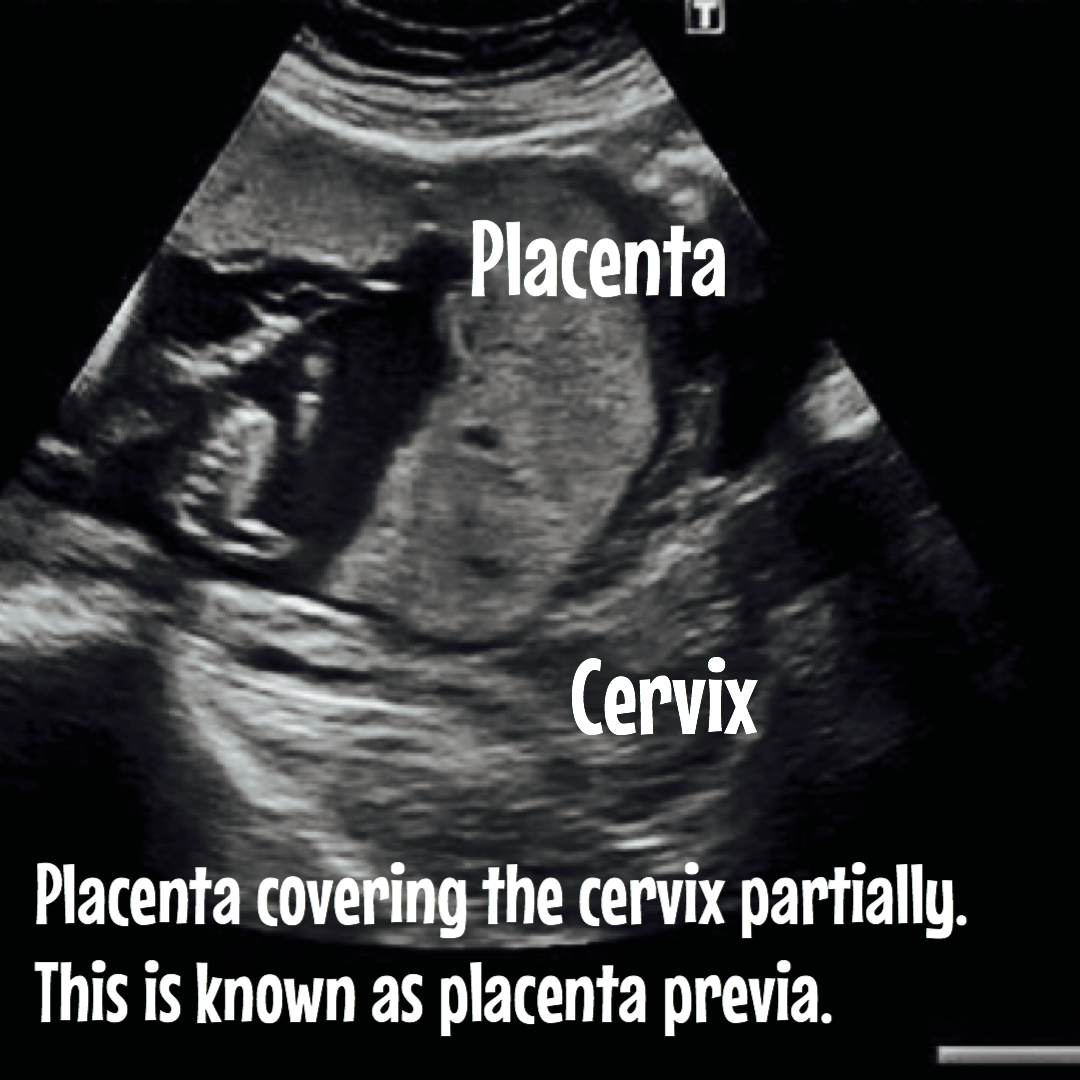
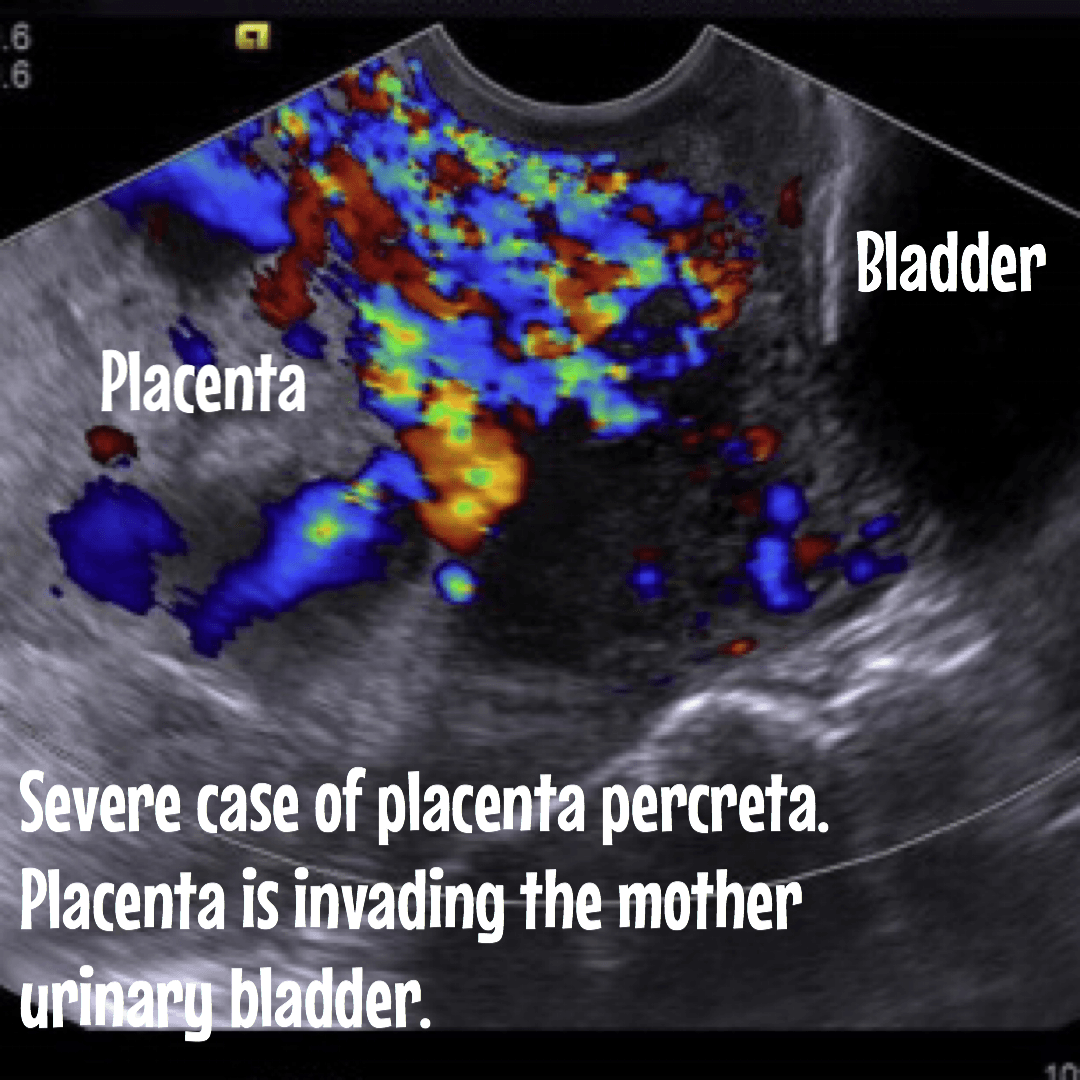
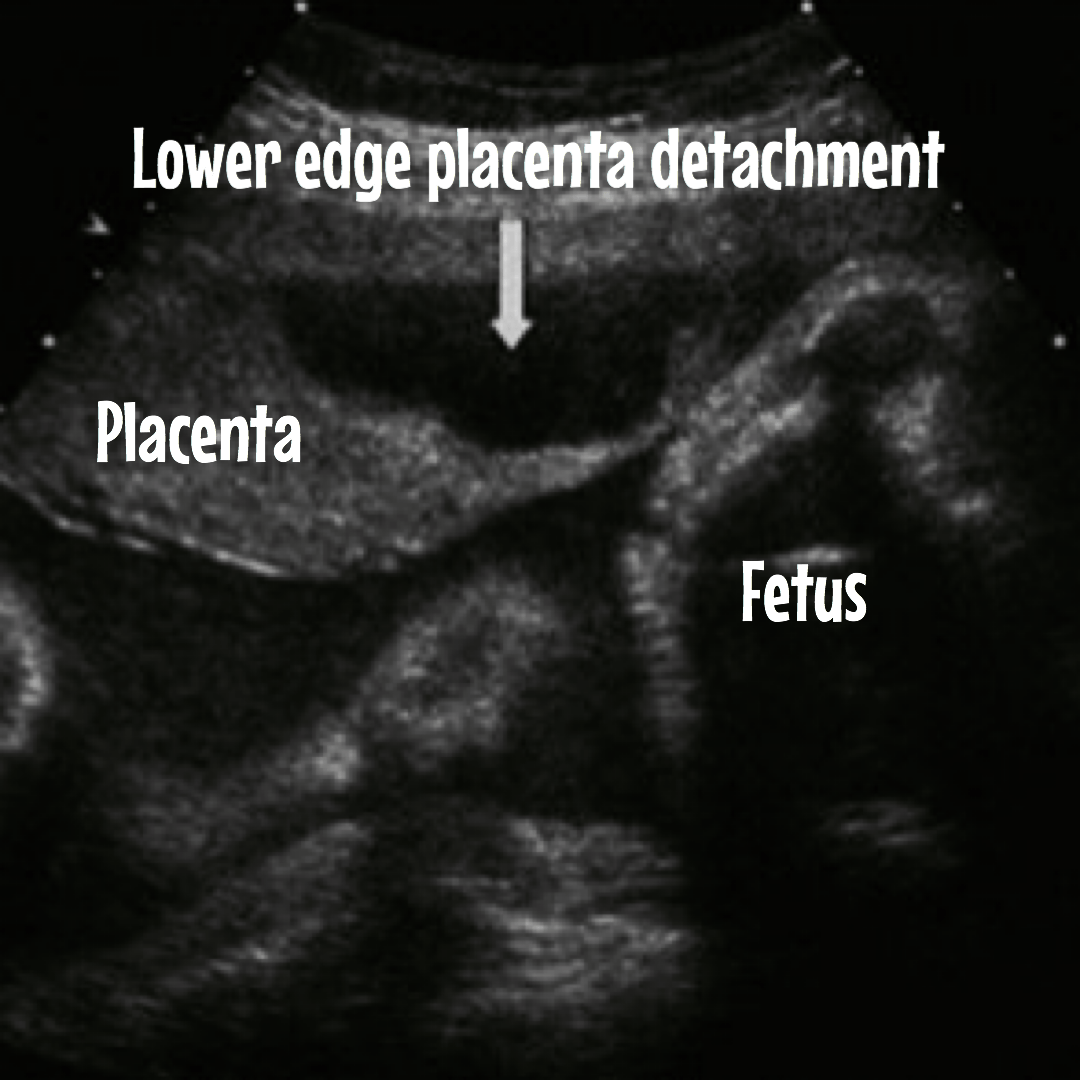
When to call the doctor?
Consult your doctor during pregnancy if you experience:
- Vaginal bleeding.
- Abdominal pain.
- Back pain.
- Uterine contractions.
- Or if you suffer any fall, injure, or accidents.
Risk factor for placenta problems.
Various factors can affect the health of the placenta during pregnancy, with some under your control and some not. For example:
- Advanced maternal age.
- Preexisting medical conditions such as: High blood pressure.
- Blood-clotting disorders Any condition that either impairs your blood’s ability to clot or increases its likelihood of clotting increases the risk of specific placental problems.
- Scar tissue in the uterus due to previous uterine surgeries.
- Multiple pregnancies (twins etc.)
- History of placenta previa or other placental problems before.
- Substance use: Certain placental problems are more common in women who smoke or use cocaine during pregnancy.
- Injuries, accident or fall.
What can you do to prevent those problems.
Many of the placental abnormalities cannot be prevented. However, others can be prevented. Here I am going to give you some tips to prevent placental issues.
- Visit your doctor regularly throughout your pregnancy.
- Work with your health care provider to manage any health preexisting conditions, such as high blood pressure.
- Don’t smoke or use drugs before or during the pregnancy.
- Talk with your doctor about the potential risks before deciding an elective C-section versus vaginal birth.
Related posts:
How to get prepared to manage pain during childbirth.
Tips for surviving and cope with a high-risk pregnancy.
Hospital bag checklist. Downloadable PDF.
Final thoughts.
As you can see, the placenta plays a fundamental role in the development of your baby. And although there are abnormalities that you will not be able to control, there are other things you can do to maintain a healthy pregnancy.
I hope this post is useful for you if you have questions, leave them in the comments.
I’ll see you next time.
Zadi, xo.
Disclaimer: The medical information on this post is for educational and entertainment use only. Under no circumstances, this information is to replace your doctor’s advice or to treat any disease. For proper care, always visit your doctor.










[…] Everything about the placenta. Ultrasound images included. […]
[…] Related post: Everything about the placenta. Ultrasound images included. […]
Loving your post. Great information about the placenta.
There may be noticeably a bundle to learn about this. I assume you made sure good points in options also.
[…] Locations in which Placenta could […]